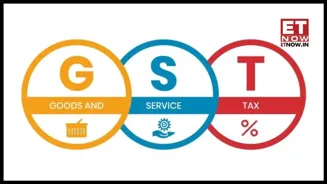GST: The Basics
The Goods and Services Tax (GST) is a comprehensive indirect tax levied on the supply of goods and services in India. The current structure is complex,
with multiple tax rates. The government aims to simplify this system and boost economic growth. This overhaul is expected to have a ripple effect across various industries. This impacts daily lives in India.
Two-Slab System
The Government of Ministers (GoM) has supported a two-slab system for GST. This plan includes scrapping the existing 2% and 28% tax rates. The goal is to reduce compliance burdens and make tax administration more efficient. This change promises to bring greater transparency and ease of doing business within India. This is a significant step.
Impact on Sectors
Simplifying the GST will impact multiple sectors. Businesses in India must adapt to the new structure. The government anticipates improved tax collections and less tax avoidance. Industries will likely see adjusted pricing strategies. This will bring about a shift, with some sectors experiencing lower taxes and others higher.
The Road Ahead
The GST revamp is on track, marking a crucial phase for the Indian economy. The government’s commitment to streamlining tax processes should boost investment and business confidence. Further changes and refinements are expected. These reforms are designed to shape India's economic landscape, fostering inclusive growth.
















